Pencil shading techniques: 5 expert tips - delauneknothis
Pencil shading techniques: 5 expert tips
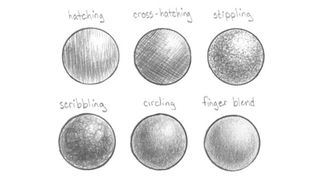
If you want to master pencil shading techniques, it will take some practice. This is because different pencils create Marks that are noticeably different from combined another, and understanding which pencil does what is extremely important.
My optimum advice to see shading is to go taboo and experimentation with multiple pencils and research different methods. In this article I'll share my perceptiveness to help clear up the learning process. Hopefully you'll be inspired to try shading with captive – and create drawings by employing a range of shading techniques.
If you penury or s rising tools, here's a summation of the best pencils around. Plus, you can buoy widen your field expertness further with this guide to pencil draftsmanship techniques or our roundup of the best how to draw tutorials.
Pencil shading techniques: Which pencils should you use?
I used Hb mechanical pencils for a long time when I changed my focus from extremity to traditional nontextual matter. Nevertheless, once I started working with regular pencils, there was a semitransparent execution difference that I wasn't able to produce with mechanical pencils only. Since then I've discovered techniques on how to produce different textures, tones and results that I fuse to create my pieces.
It wasn't just the different Hemoglobin hardness pencils that showed Pine Tree State the nett difference, such as shading with a 4B versus a 4H. I learned that the lean against of the pencil also gave vastly different results. For example, a more pyknic tip gave a larger, softer result and was more efficient to work with.
01. Choose your pencils cautiously

I recommend having a couple of hard pencils at hand that you can economic consumption in your work on with full knowledge of the results they'll produce. There's a noticeable conflict when working with different pencils along the HB ordered series you bet sharp operating theatre numb the tip is. Test and see how some will bring out dark texture while others make consistent mid-tone suavity.
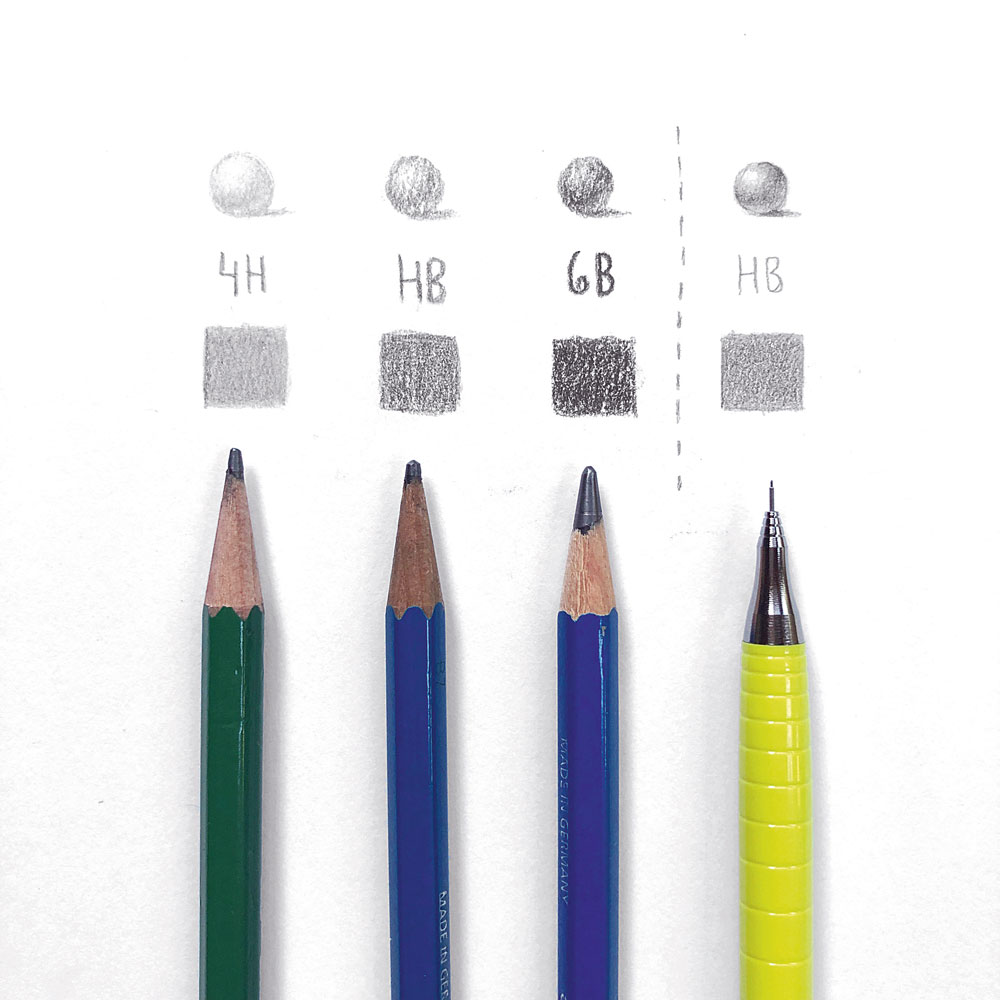
02. Create diametrical types of shading
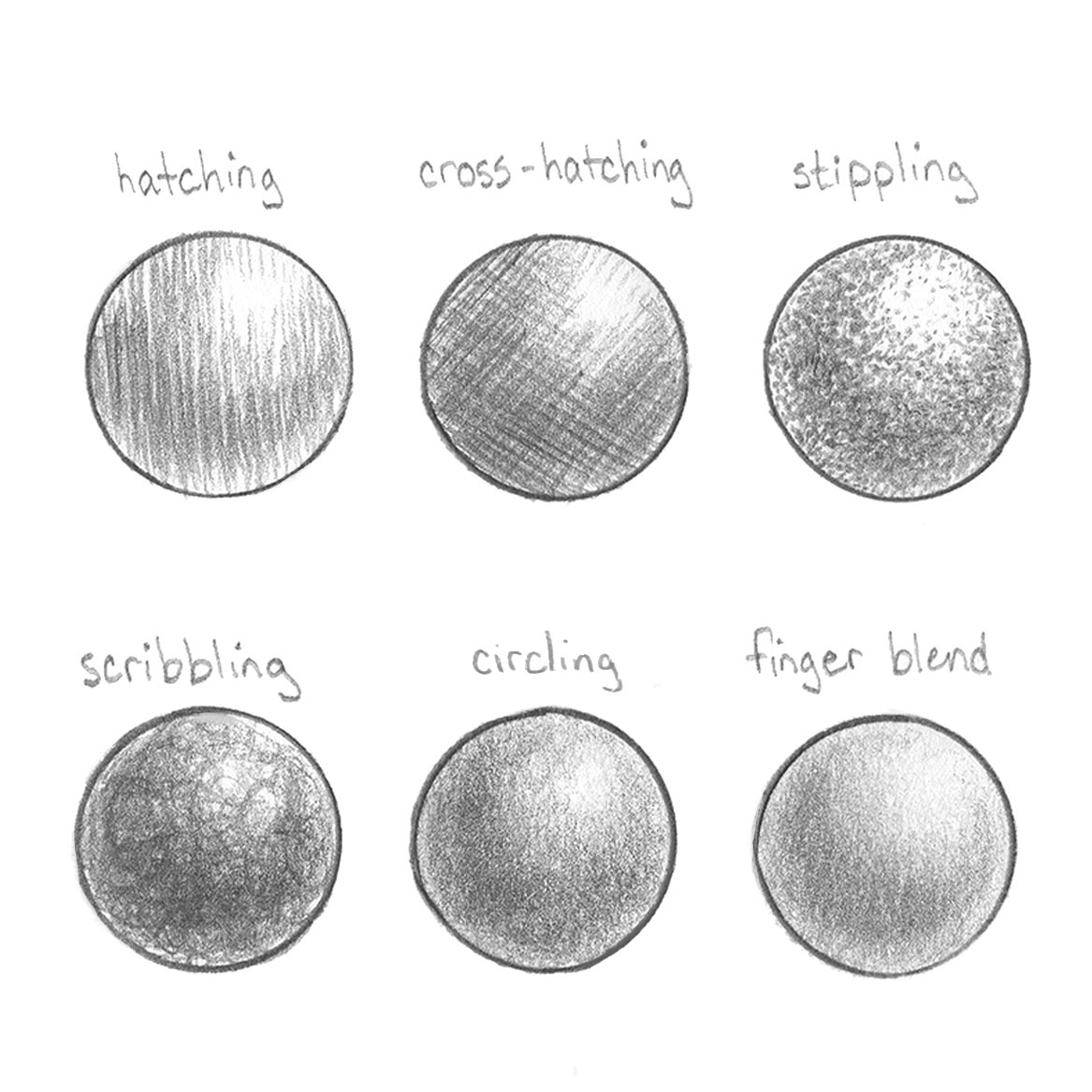
Every creative person will find the shading method that works best for them and I incline to use a a couple of while drawing. I primarily work with circling, but I've experimented with whol of these methods and more to help me make up my best results. Each method produces a chiseled result and depending on what type of art you deficiency to make, you'll privation to find which is better for you! Hatching and stippling often create an underlying presence of texture and roughness. Circling and victimization a blending stump creates clean, gradual smoothness.
03. Get to know your values when shading
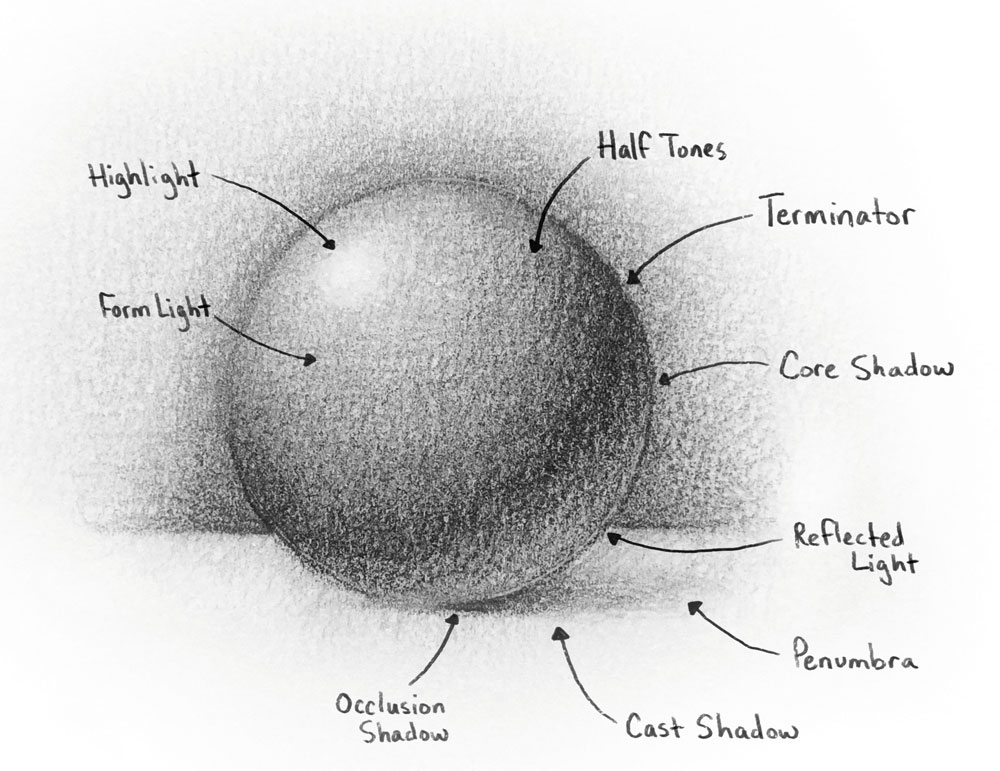
Take the time to understand how lighting works and the values it creates to shade properly. Do studies, find references and resources that provide this insight, so apply that knowledge in your use pieces. There's a range of evaluate to make for with, not just dispiriting and pastel.
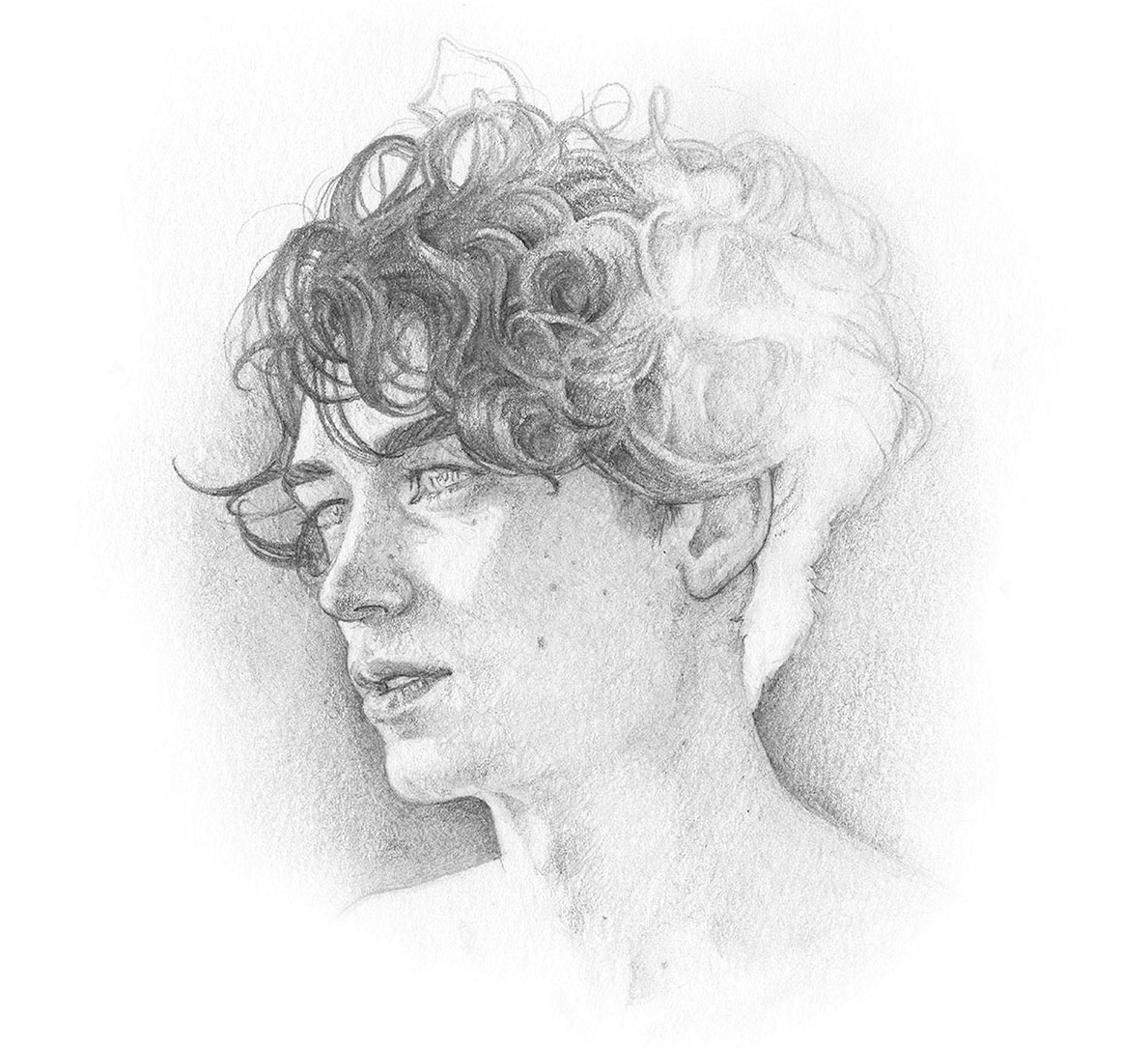
04. Drill helps to provide insight
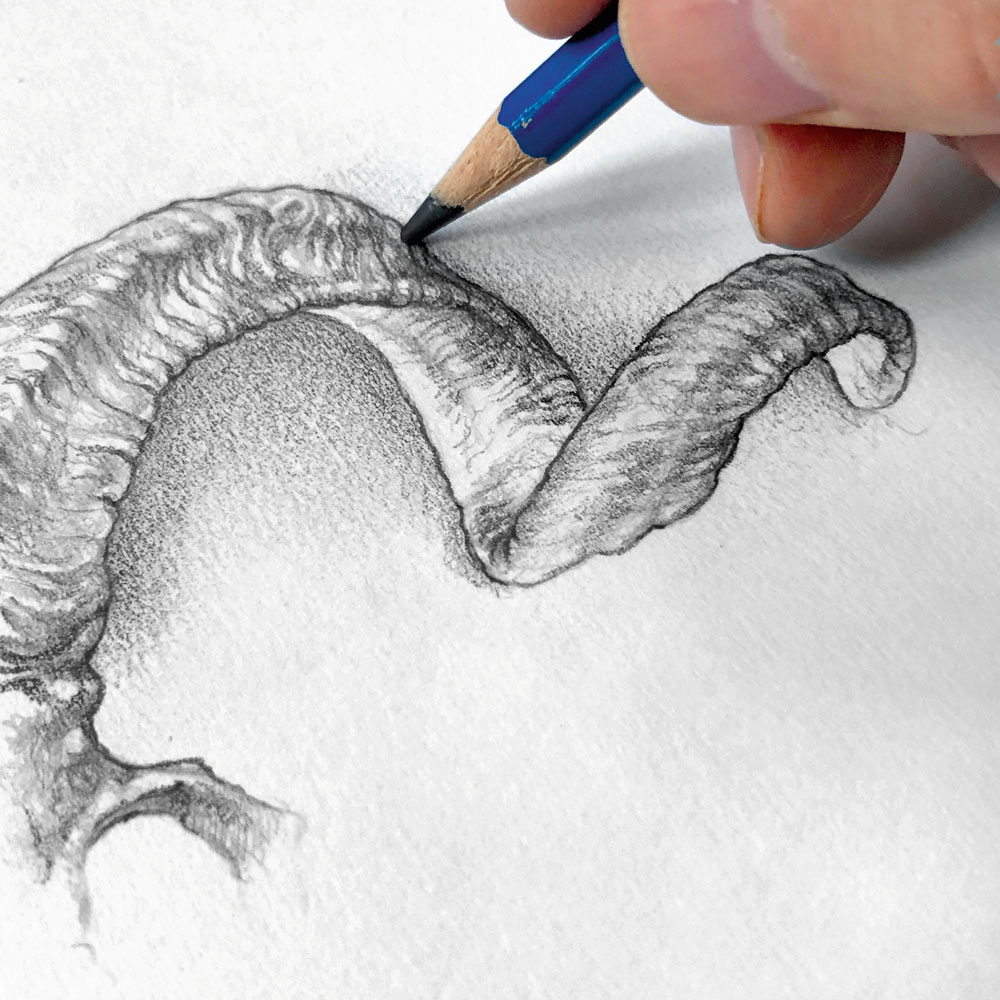
Now that I've been running with a handful of pencils with from each one drawing, I know when to exchange to other for a particular result. It's traditional and effective to start with a lighter H pencil and then gradually work darker into the B scale, to clock out the values and contrast.
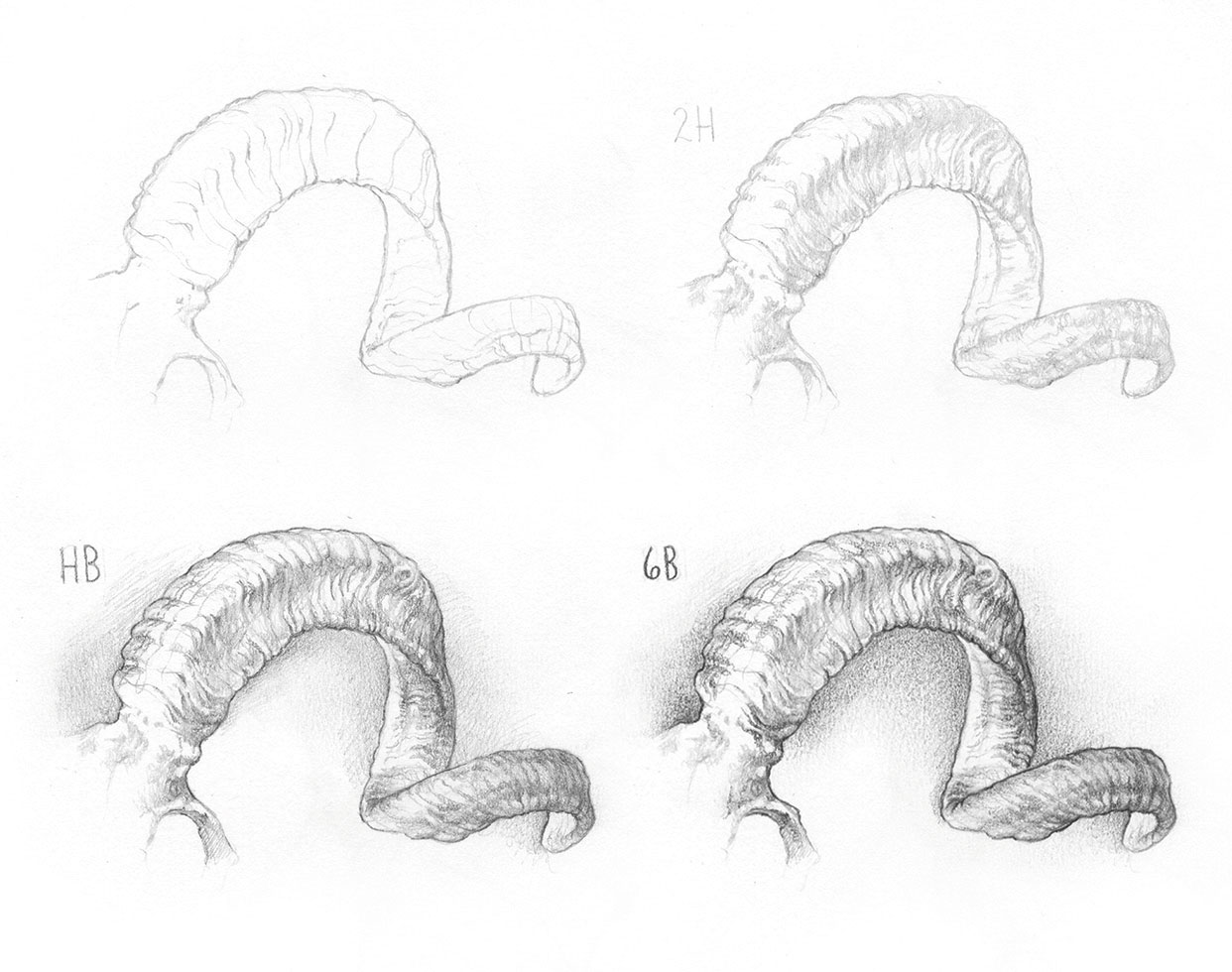
05. Let on which shading techniques suit your style
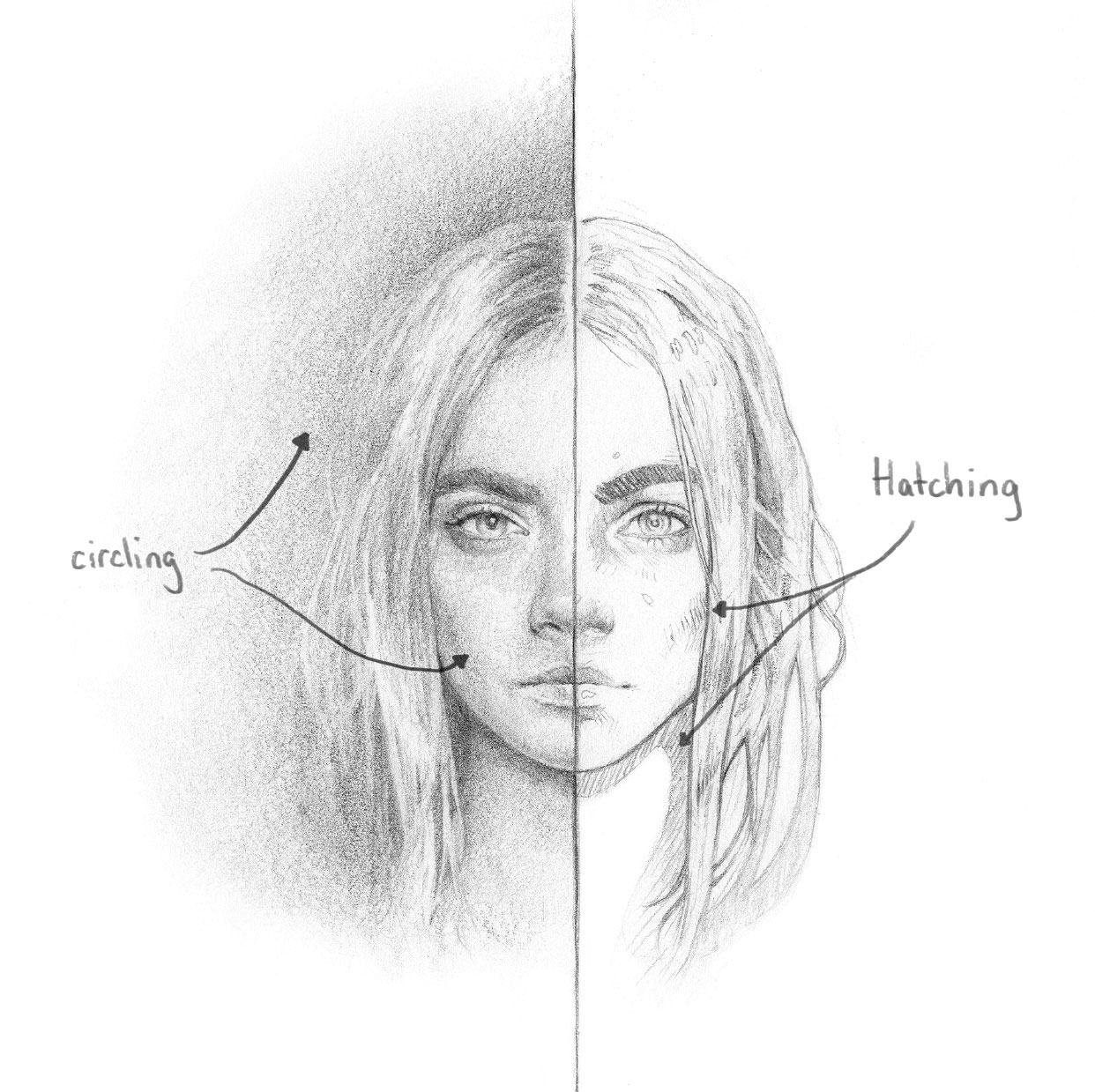
Here's an example of two different types of shading methods. The left incomplete has a softer Platonism finish with gradations on the report texture done with a circling method and a slow build-up of value. The redress half was done principally with hatching and creates a crisp bold finish.
This clause was originally published in ImagineFX , the public's best-marketing magazine for digital artists. Subscribe to ImagineFX .
Record more:
- How to eviscerate perspective
- The 12 best draftsmanship books
- How to draw: The superfine drawing tutorials
Related articles
Source: https://www.creativebloq.com/advice/pencil-shading-techniques
Posted by: delauneknothis.blogspot.com

0 Response to "Pencil shading techniques: 5 expert tips - delauneknothis"
Post a Comment